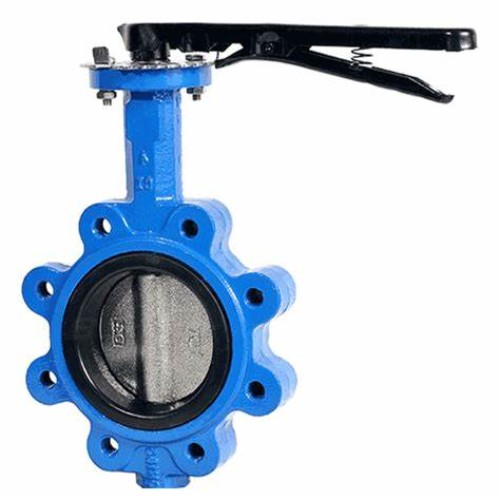36 inch electric actuator
Understanding the 36 Inch Electric Actuator Features, Applications, and Benefits
Electric actuators have transformed how industries automate their processes, providing efficiency, precision, and reliability in various applications. Among them, the 36-inch electric actuator stands out due to its versatility and robust performance in diverse settings. In this article, we will explore the features, applications, and benefits of 36-inch electric actuators, shedding light on why they are an essential component in modern automation.
What is a 36 Inch Electric Actuator?
An electric actuator is a device that converts electrical energy into mechanical movement, primarily used to control valves, dampers, and other machinery. The 36-inch designation refers to the stroke length of the actuator, meaning it can travel a distance of 36 inches to perform its intended function. Typically, these actuators are made with high-quality materials to ensure longevity and withstand various environmental conditions. They can be powered by different voltage ratings depending on the application requirements.
Key Features of 36 Inch Electric Actuators
1. Precision Control Many 36-inch electric actuators come equipped with advanced control systems that allow for precise positioning and movement. This level of control is vital in environments where accuracy is paramount, such as in pharmaceutical manufacturing or aerospace applications.
2. Robust Construction Built to endure tough environments, these actuators are often engineered with durable casing materials that resist corrosion, moisture, and dust. This makes them ideal for outdoor applications and facilities where exposure to harsh conditions is a concern.
3. Energy Efficiency Electric actuators tend to consume less energy compared to their hydraulic or pneumatic counterparts. This efficiency not only reduces operational costs but also contributes to a lower carbon footprint.
4. Ease of Integration Modern 36-inch electric actuators can be easily integrated into existing systems. They often feature communication protocols that allow them to work in tandem with other automated components, enhancing overall system functionality.
5. Safety Features Many actuators are designed with built-in safety mechanisms, such as overload protection and emergency stop functionalities. These features are crucial in preventing accidents and ensuring safe operations in high-stakes environments.
Applications of 36 Inch Electric Actuators
The versatility of 36-inch electric actuators allows them to be utilized across a broad range of industries, including
36 inch electric actuator

1. Manufacturing In manufacturing processes, electric actuators are commonly used for controlling conveyor systems, material handling equipment, and assembly lines. Their precise movement ensures consistent production quality.
2. HVAC Systems In heating, ventilating, and air conditioning systems, these actuators control dampers and valves to regulate airflow and temperature. Their ability to respond quickly to changes helps maintain optimal indoor conditions.
3. Water Treatment Plants Electric actuators are essential in controlling various processes within water treatment facilities. They automate the opening and closing of valves to manage water flow and chemical dosing, ensuring efficient operations.
4. Agriculture In modern agriculture, 36-inch electric actuators are employed in irrigation systems, enabling precise control over water distribution. This helps in maximizing crop yields while conserving water resources.
5. Robotics and Automation In the growing field of robotics, these actuators are used to facilitate movement in robotic arms and other automated systems, enhancing efficiency and productivity.
Benefits of Using 36 Inch Electric Actuators
1. Cost-Effectiveness By reducing energy consumption and minimizing maintenance needs, 36-inch electric actuators can lead to significant cost savings over time.
2. Reduced Downtime The reliability of electric actuators minimizes the risk of failures, ensuring continuous operation and reducing costly downtime.
3. Environmental Impact With their energy-efficient design, these actuators contribute to lower greenhouse gas emissions, making them a more sustainable choice for many applications.
4. Customization Options Many manufacturers offer customizable solutions to meet specific operational needs. This flexibility ensures that industries can find the perfect actuator tailored to their requirements.
Conclusion
In conclusion, the 36-inch electric actuator is a powerful tool in automation technology, offering precision, reliability, and versatility across a variety of industries. By understanding its features, applications, and benefits, businesses can leverage this technology to enhance efficiency, reduce costs, and improve overall productivity. As industries continue to evolve, electric actuators will undoubtedly play a pivotal role in shaping the future of automation.
-
The Key to Fluid Control: Exploring the Advantages of Ball Valves in Industrial SystemsNewsJul.09,2025
-
The Versatile World of 1, 2, and 3 Piece Ball ValvesNewsJul.09,2025
-
Stainless Steel Ball Valves: The Ideal Choice for Efficient Flow ControlNewsJul.09,2025
-
Optimizing Fluid Control with Ball Float ValvesNewsJul.09,2025
-
Manual Gate Valves: Essential for Control and EfficiencyNewsJul.09,2025
-
Everything You Need to Know About Butterfly ValvesNewsJul.09,2025
-
The Versatility of Wafer Type Butterfly ValvesNewsJul.08,2025




